ROOM: The Space magazine is one of the prominent magazines on space exploration, technology and industry. At ROOM, we share a common goal – promotion of peaceful space exploration for the benefit of humankind, all while bringing you comprehensive articles on a variety of interesting topics. Our authors include analysts and industry leaders from all over the world, which lets us bring you timely and accurate information about spaceflight magazine.
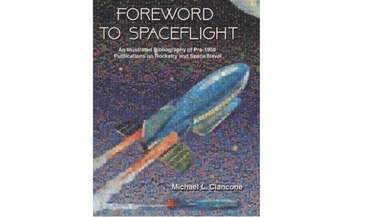 February 2020
Visions of spaceflight before the Space Age
February 2020
Visions of spaceflight before the Space Age
...outer space and our planetary neighbours, travellers have used books and magazine articles to document their adventures. In this article, adapted from Foreword to Spaceflight: An Illustrated Bibliography of pre-1958 Books on Rocketry & ...the future, a group of spaceflight professionals, including Ley and von Braun, and under the editorial guidance of Cornelius Ryan, published a series of articles in Collier’s magazine in 1952-54 that envisioned the...
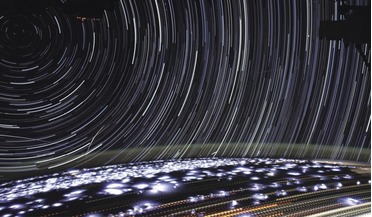 June 2021
How time perception as a spaceflight stress indicator
June 2021
How time perception as a spaceflight stress indicator
...(Acta Astronautica, 2006) found no significant evidence of this phenomenon in Mir and ISS spaceflights, but a study of an exceptional, longer spaceflight that was closer to the length of polar wintering showed the ‘third quarter phenomenon’... with a vacuum attachment to collect loose hairs in microgravity. Timely conclusions The prolongation of spaceflight might lead to manifestations of the so-called ‘third quarter phenomenon’ that was found in ...
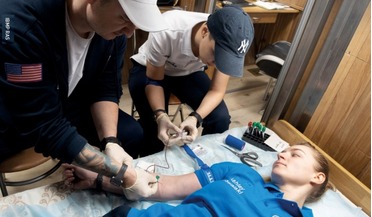 January 2023
The effects of spaceflight on the female body
January 2023
The effects of spaceflight on the female body
... One of the important aspects of preserving the performance and quality of life of cosmonauts in spaceflight is the development of a system of comprehensive preventive interventions aimed at reducing the risk of ...surgeon (general surgery and endovascular surgery), a Junior Researcher in the Department of Operational Management of Spaceflight Medical Support at the Institute of Biomedical Problems of the Russian Academy of Sciences (IBMP RAS). ...
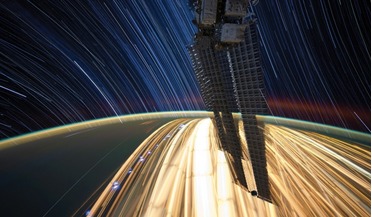 September 2017
Spaceflight studies support geriatric health on Earth
September 2017
Spaceflight studies support geriatric health on Earth
...is, however, seen when gravity is reduced or taken away, as in the microgravity environment of spaceflight. Here, the impact of microgravity is seen on many physiological systems including cardiovascular function, cerebral... with proper nutrition, including Vitamin D, is effective in maintaining physiological functionality in astronauts during spaceflights of up to six months’ duration (Smith et al., 2012). The evidence regarding the beneficial...
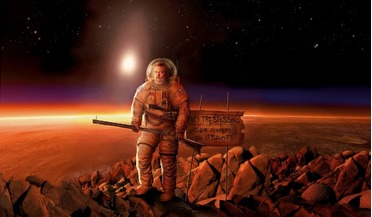 August 2020
Interplanetary spaceflight and restorative justice
August 2020
Interplanetary spaceflight and restorative justice
...is their values, considerations and needs that are prioritised. The unpredictable and pioneering nature of interplanetary spaceflight means that it is difficult to foresee and eliminate conflict entirely This is in contrast to ...are, of course, limitations to the effectiveness of restorative justice for conflict resolution on long-duration spaceflights. Firstly, it is not an effective fact-finding mechanism and therefore relies on admission of ...
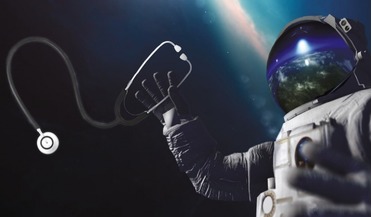 January 2021
Medical professionals and long-duration spaceflight
January 2021
Medical professionals and long-duration spaceflight
... health. He carried out unique experiments featuring several crews (the main expedition and two spaceflight participants), including vein blood sampling and biochemical analyser studies, echocardiography, vessel system and viscera...spacefarers in combination with pre-flight appendix removal, for example, but this remains to be seen. Spaceflight risk analysis reveals a large variety of potential crew health problems, meaning that an onboard medical ...
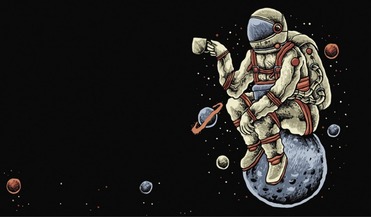 February 2022
Nutritional issues on interplanetary spaceflights
February 2022
Nutritional issues on interplanetary spaceflights
...products developed specifically for cosmonaut nutrition as well as commercially produced foods suitable for a spaceflight environment. An analysis of the existing nutrition options for Russian crew members of transportation ... preventive properties, so-called functional nutrition products, which increase the body’s resistance to adverse factors of spaceflight, as well as to prevent or reduce the risk of certain diseases. There are two categories ...
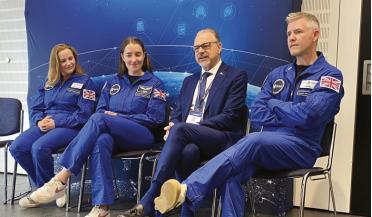 October 2025
What future for UK human spaceflight?
October 2025
What future for UK human spaceflight?
...peripheral participant to an active contributor in crewed space exploration. After years of non-participation in human spaceflight (HSF), the image of the four astronauts attending the UK Space Conference (UKSC) in Manchester this...a mix of ESA-led initiatives, lunar ambitions and private-sector momentum, the UK’s human spaceflight programme is entering a critical phase. Strategic investment and international cooperation will be essential to ensure...
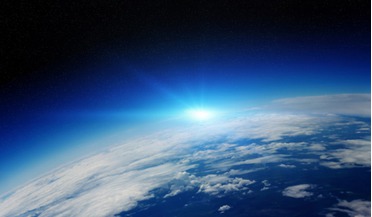 August 2016
Long-term spaceflight and microbiological safety issues
August 2016
Long-term spaceflight and microbiological safety issues
...make it into space stations and spaceships. So what are the possible consequences of this process as far as spaceflight safety is concerned? In reality, the situation is quite dire. First of all, in cases of a weakened...that microorganisms may feed on. A microorganism’s development may also be spurred on by physical factors of spaceflight - periodic fluctuations in solar activity, radiation levels, or magnetic field gradients, etc. Russian orbital ...